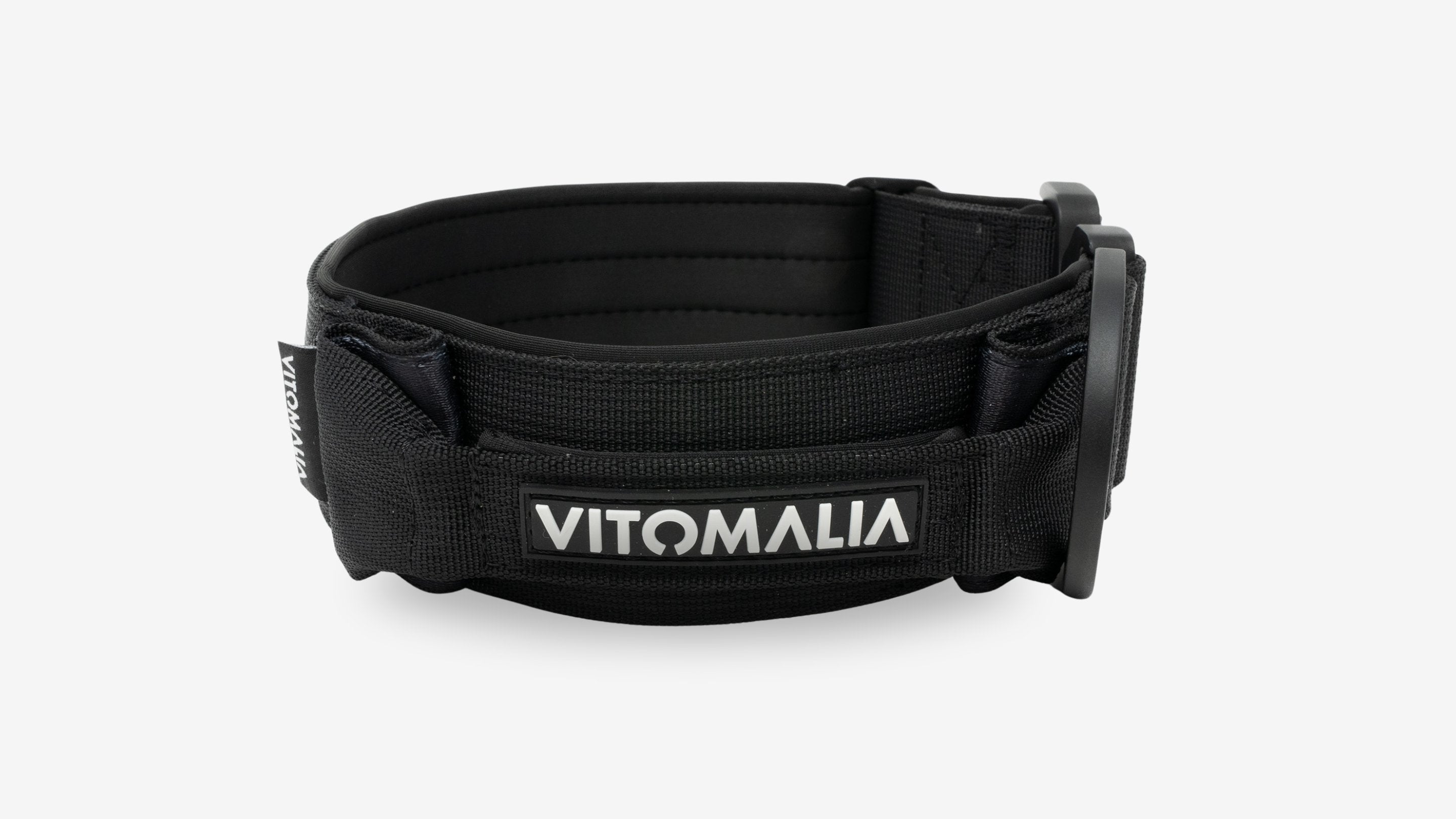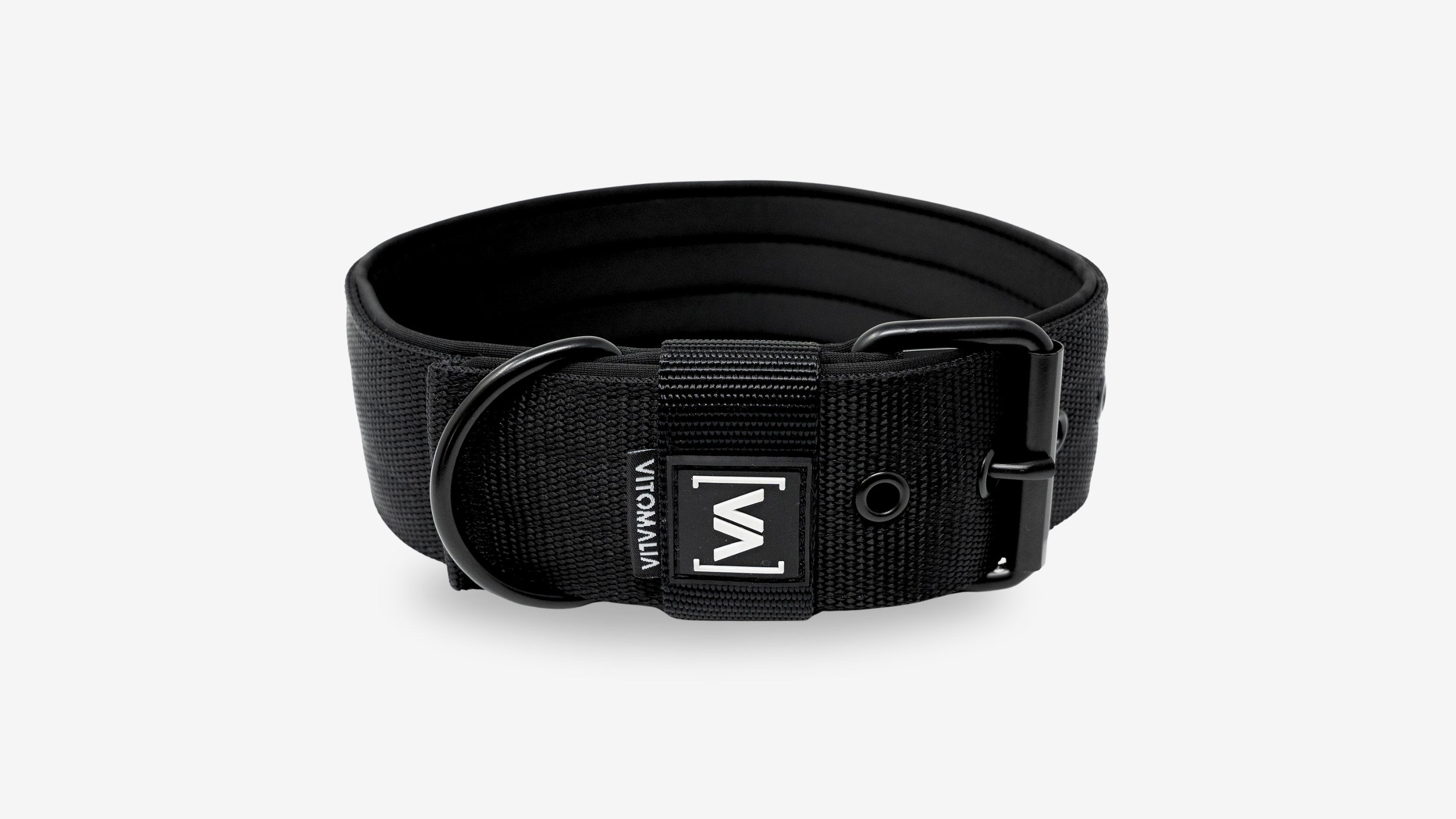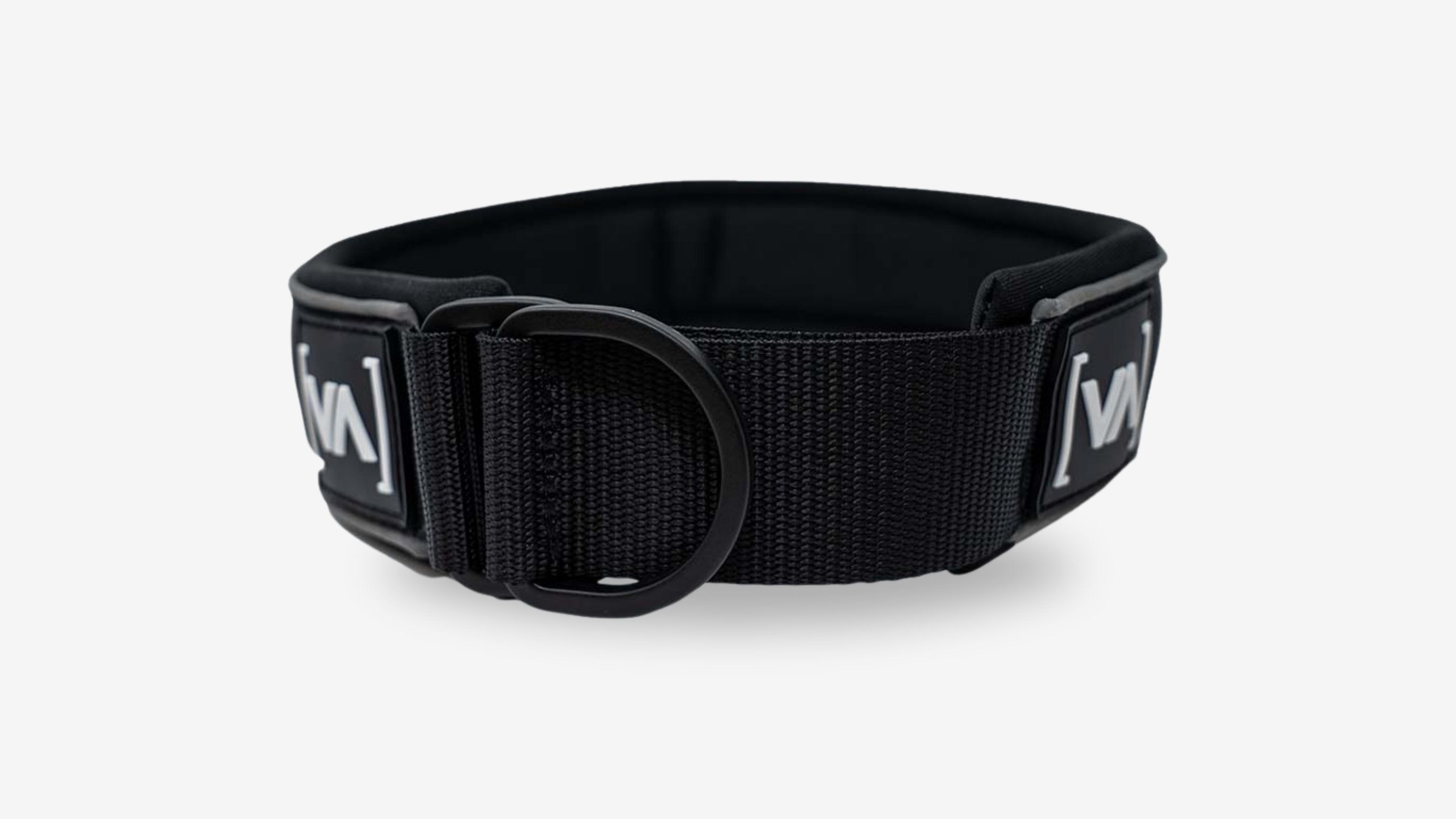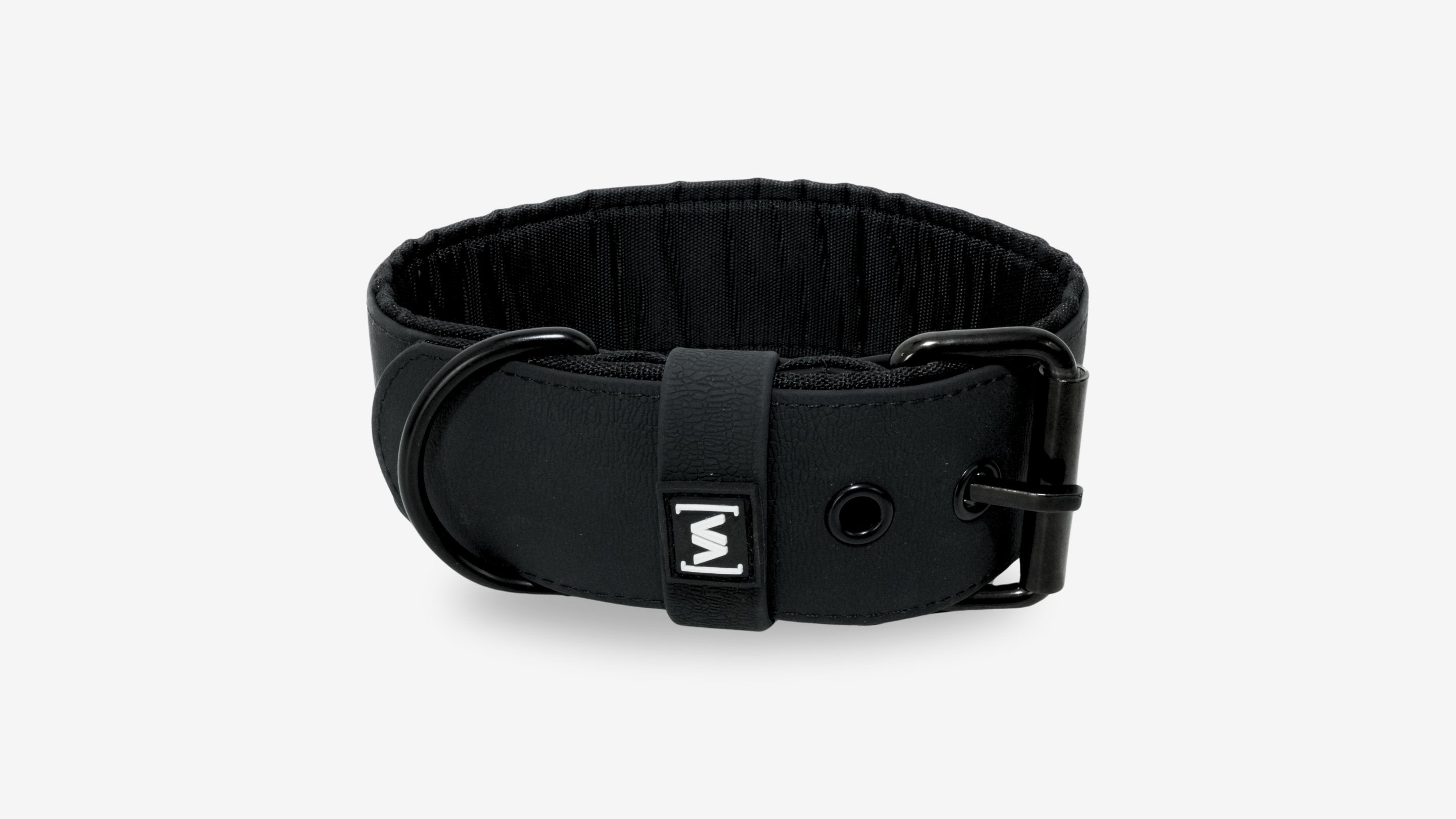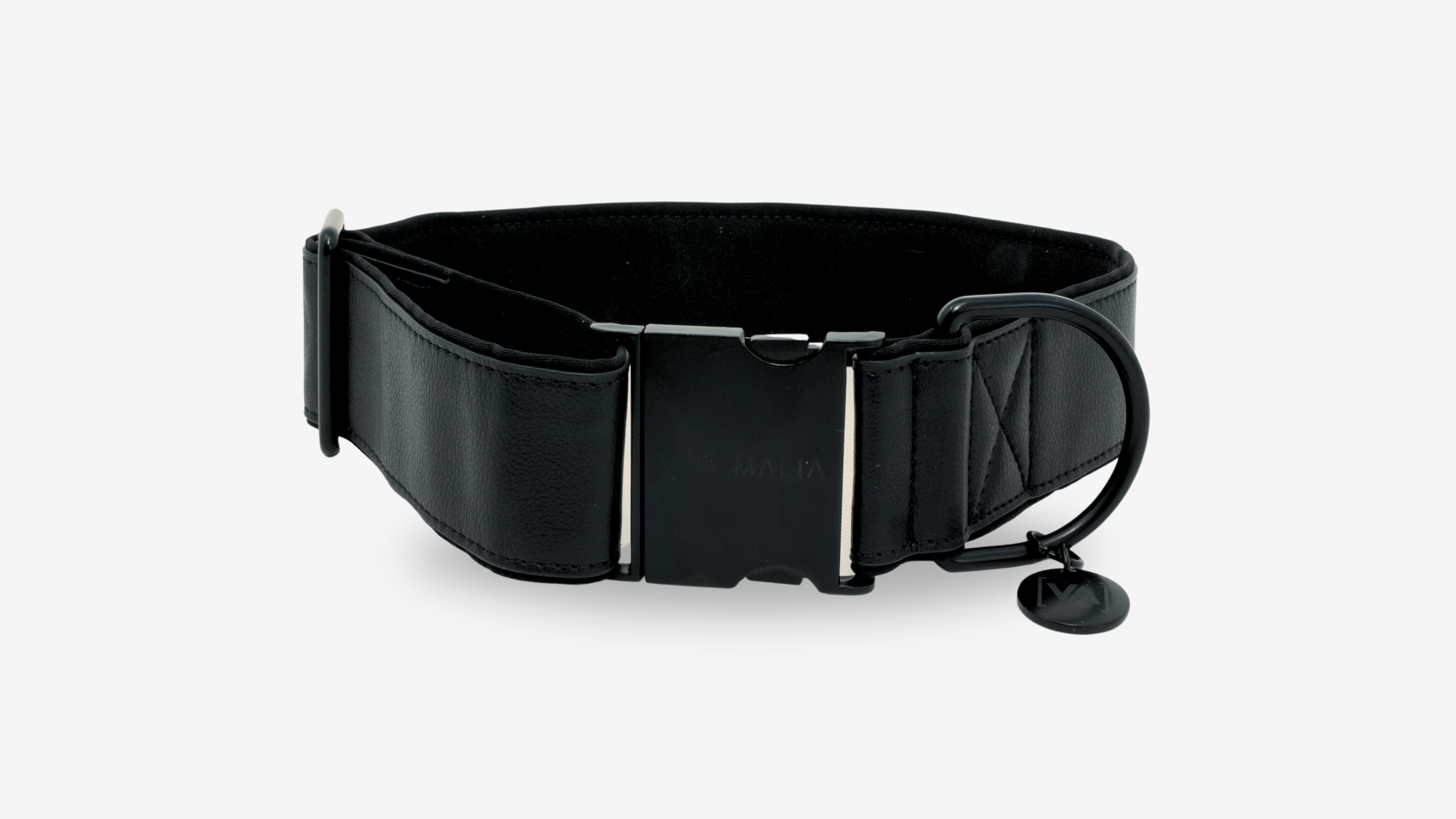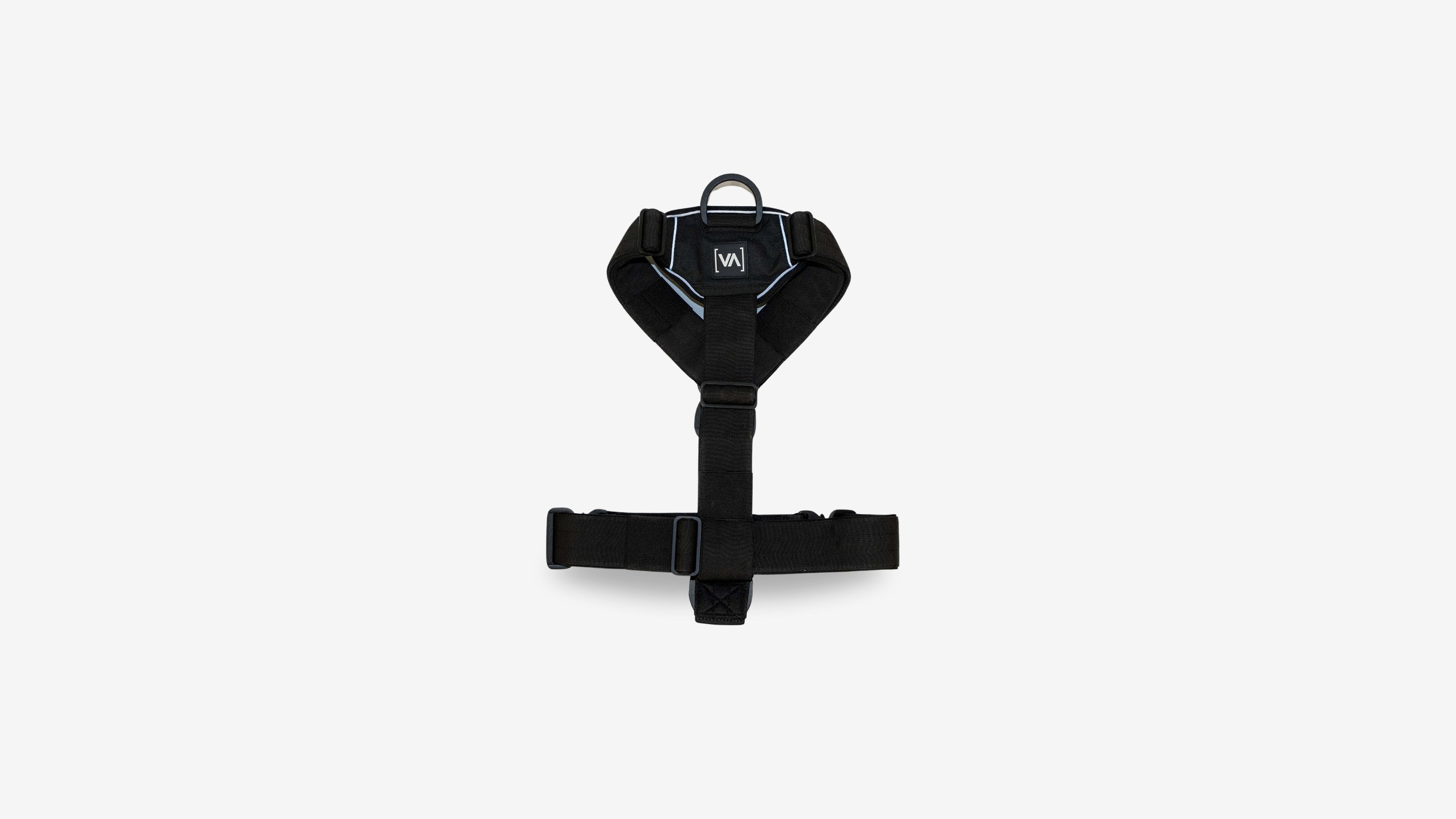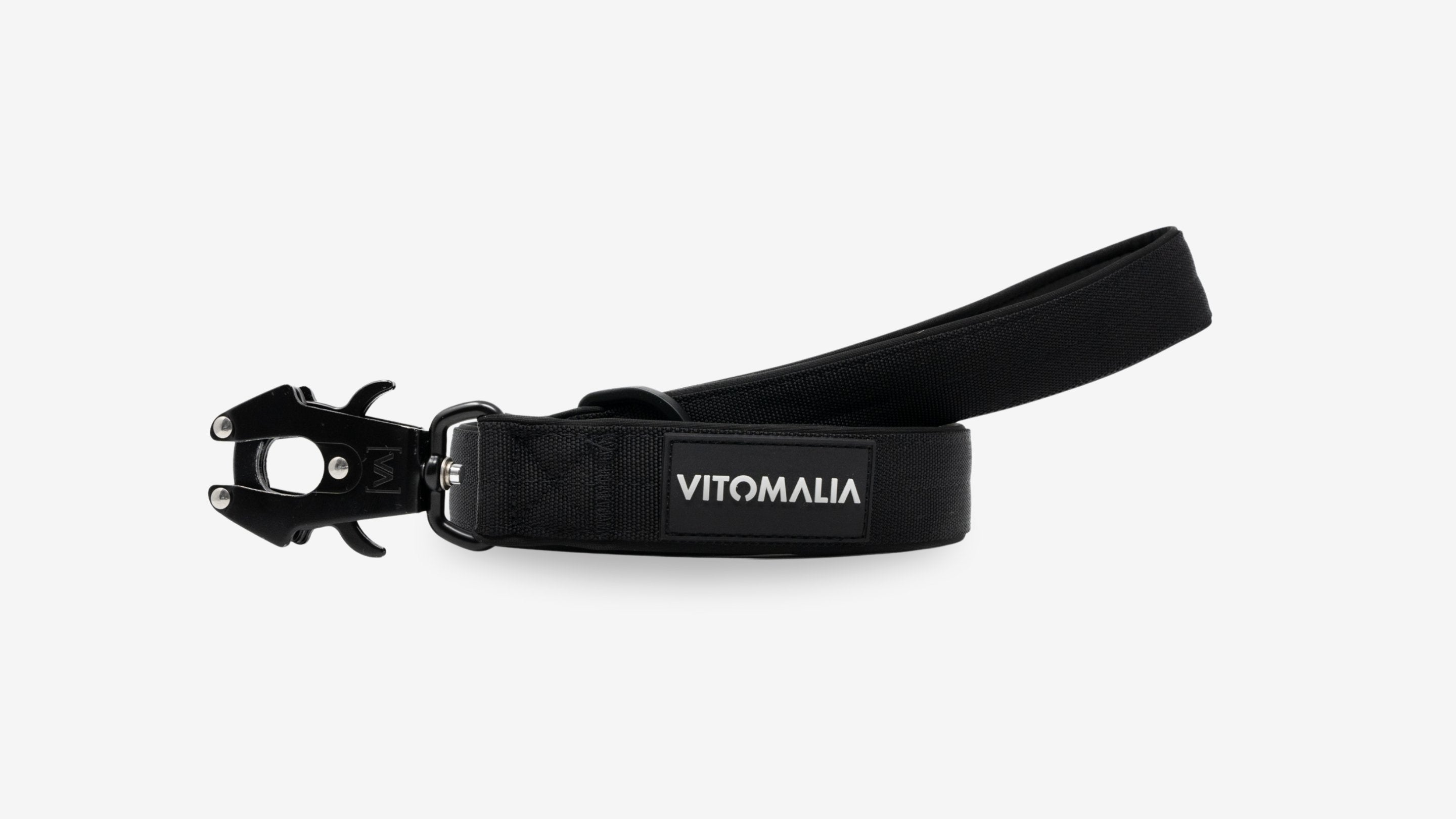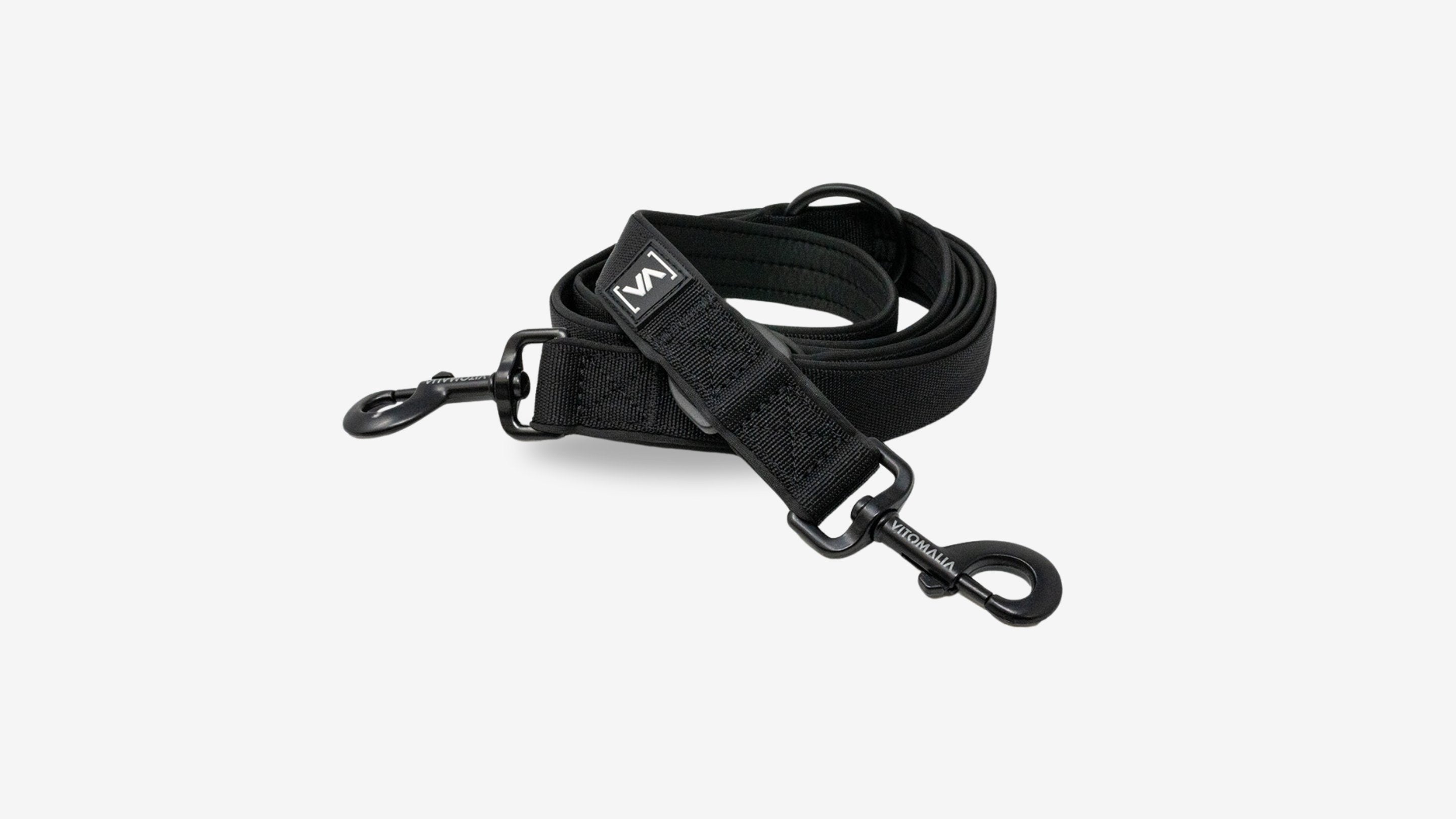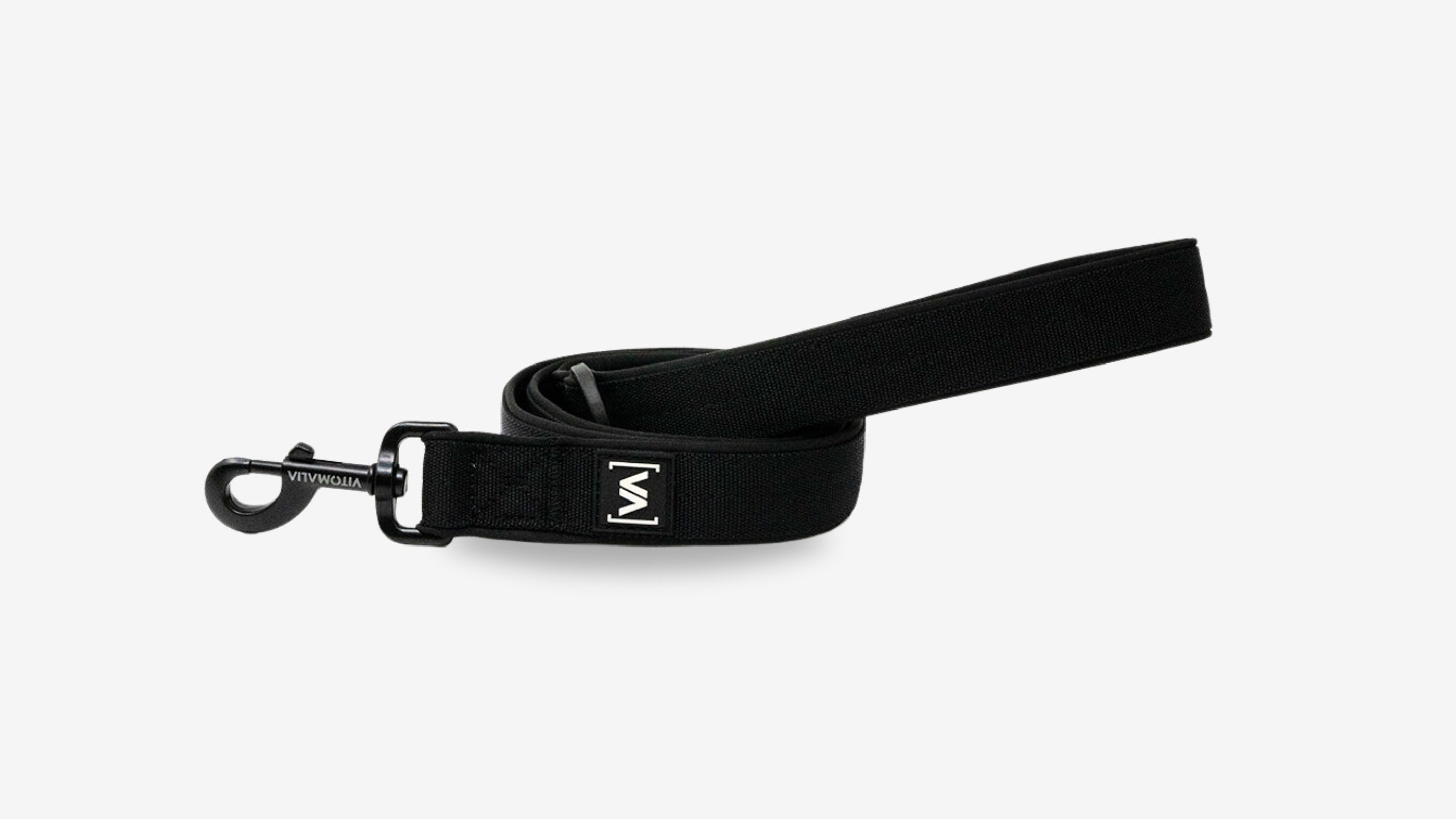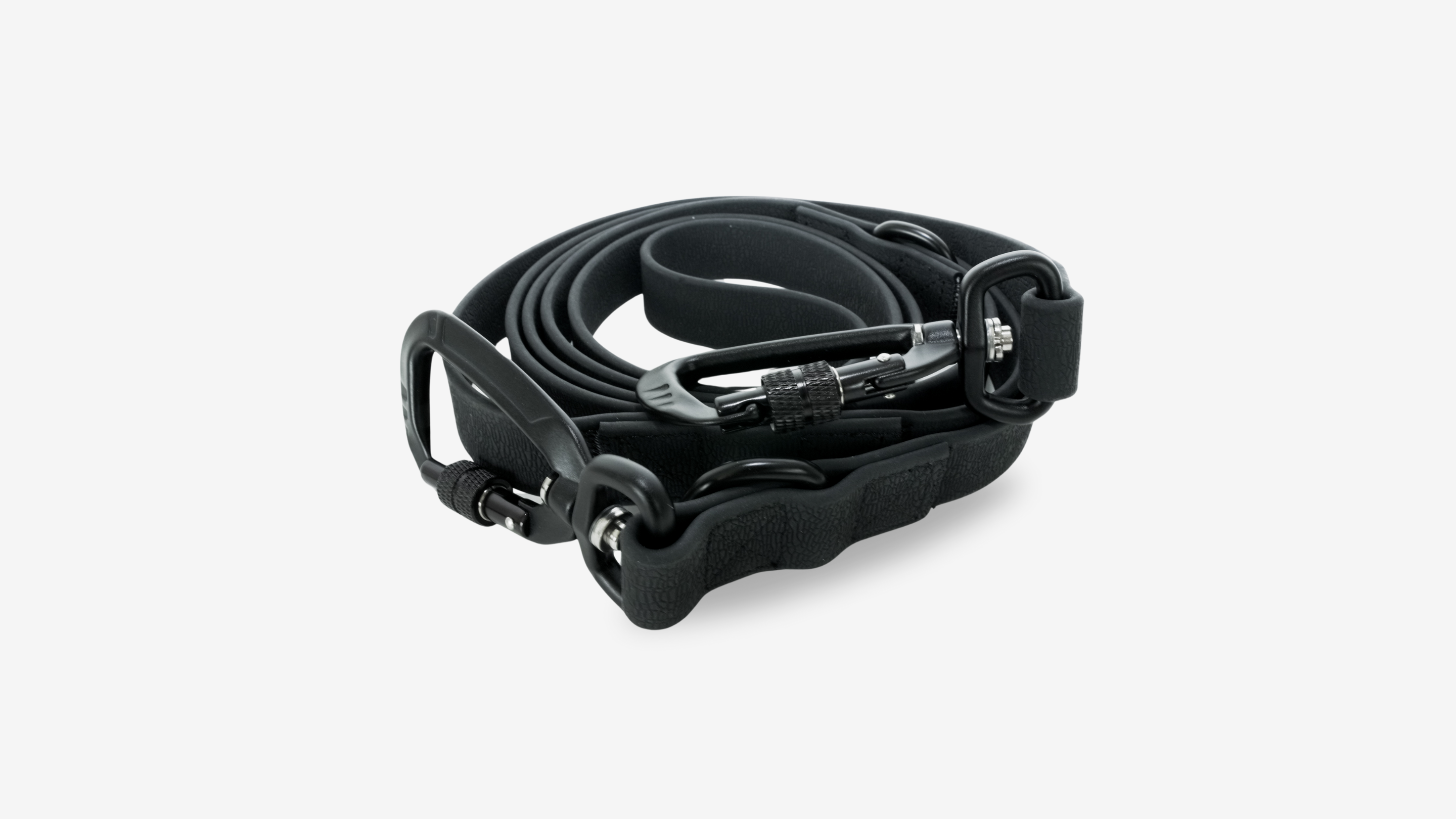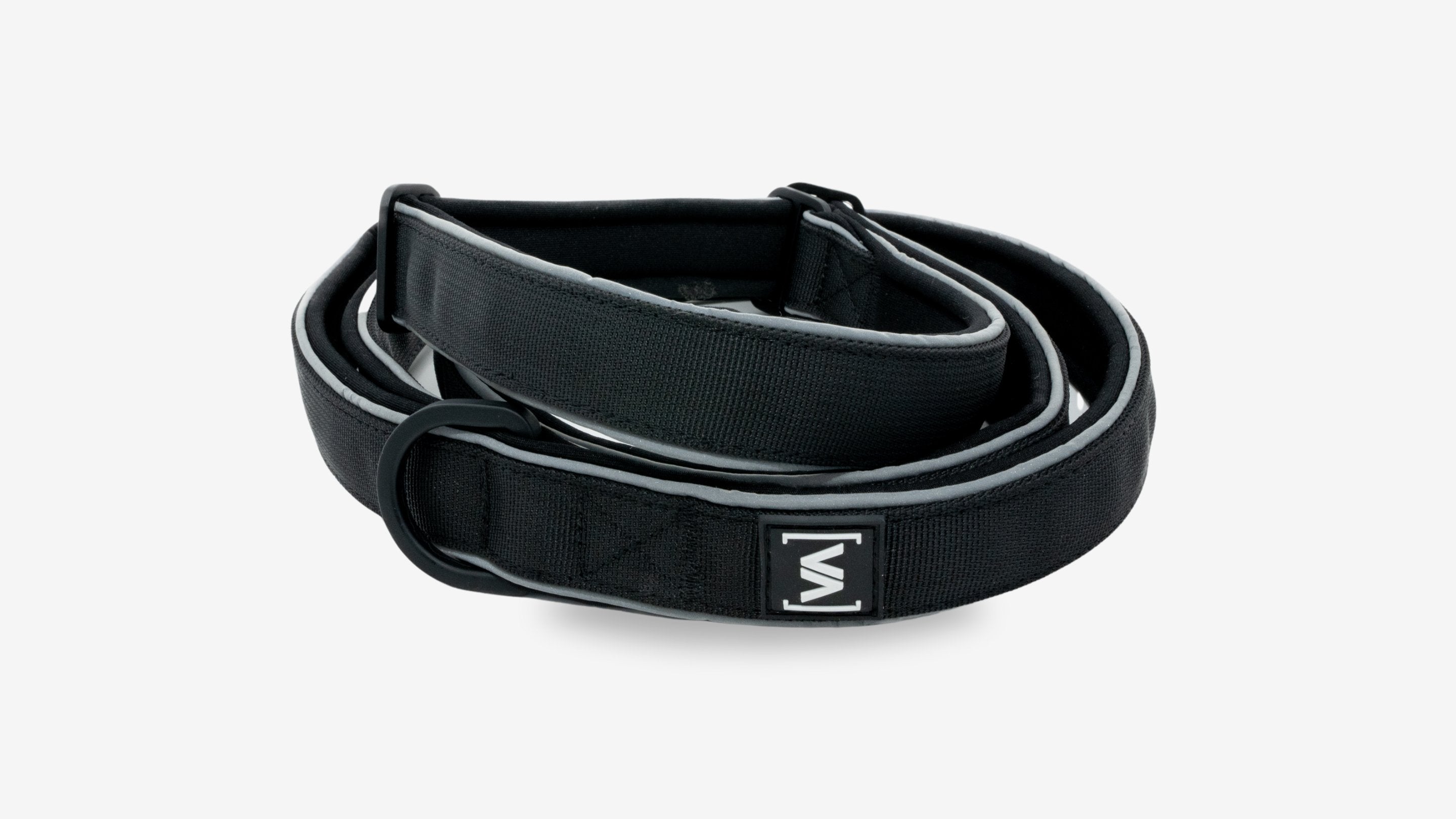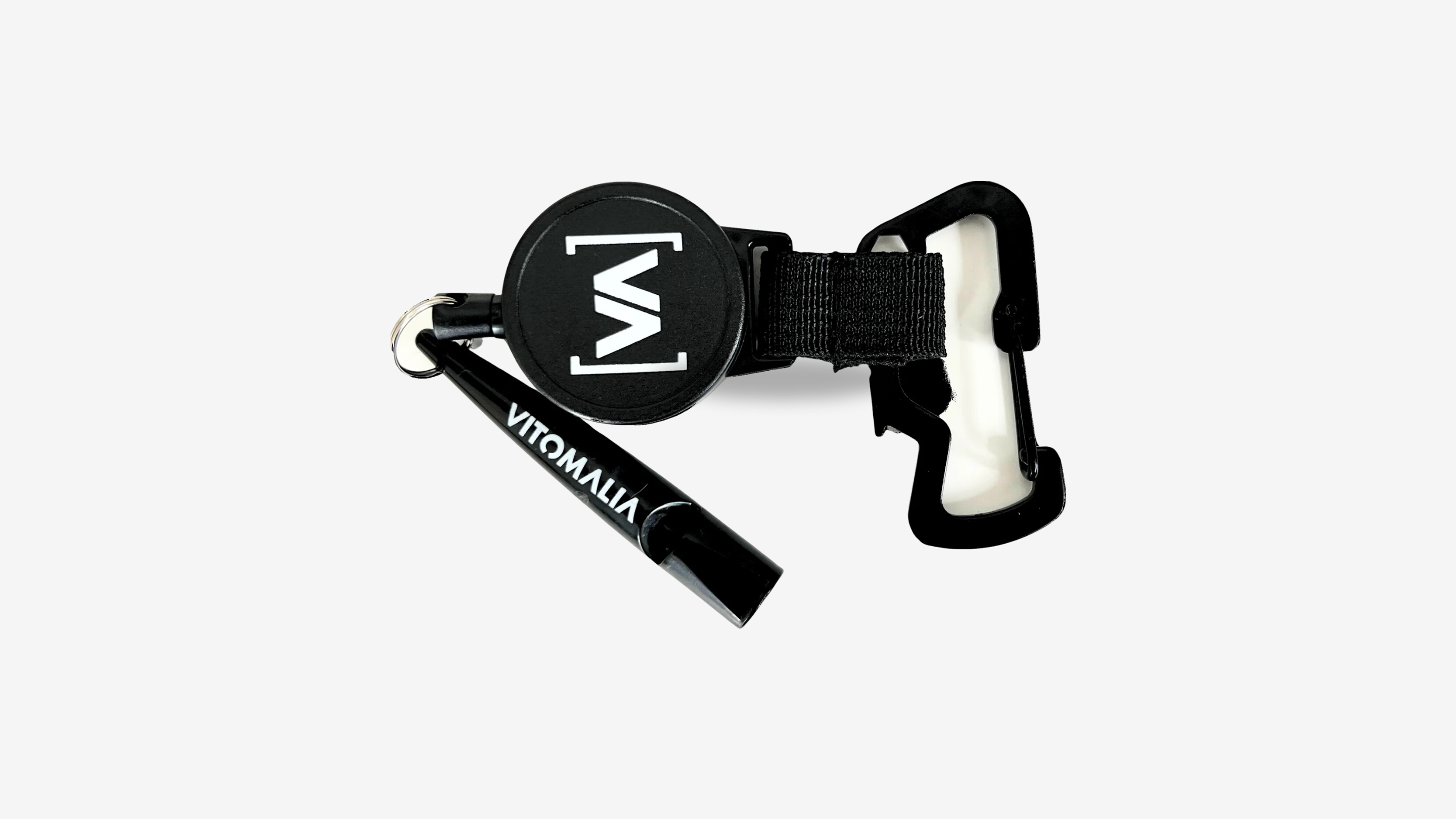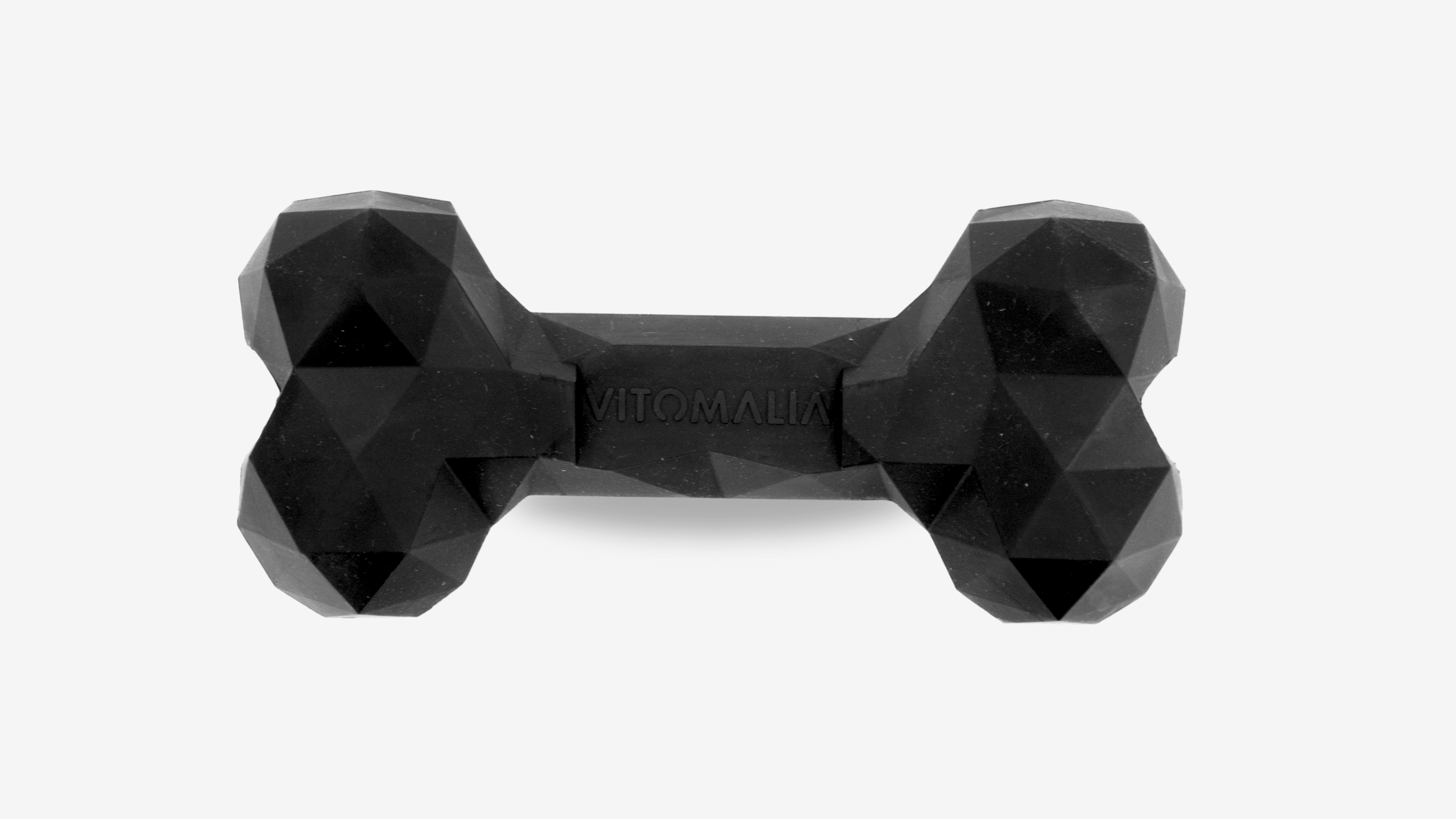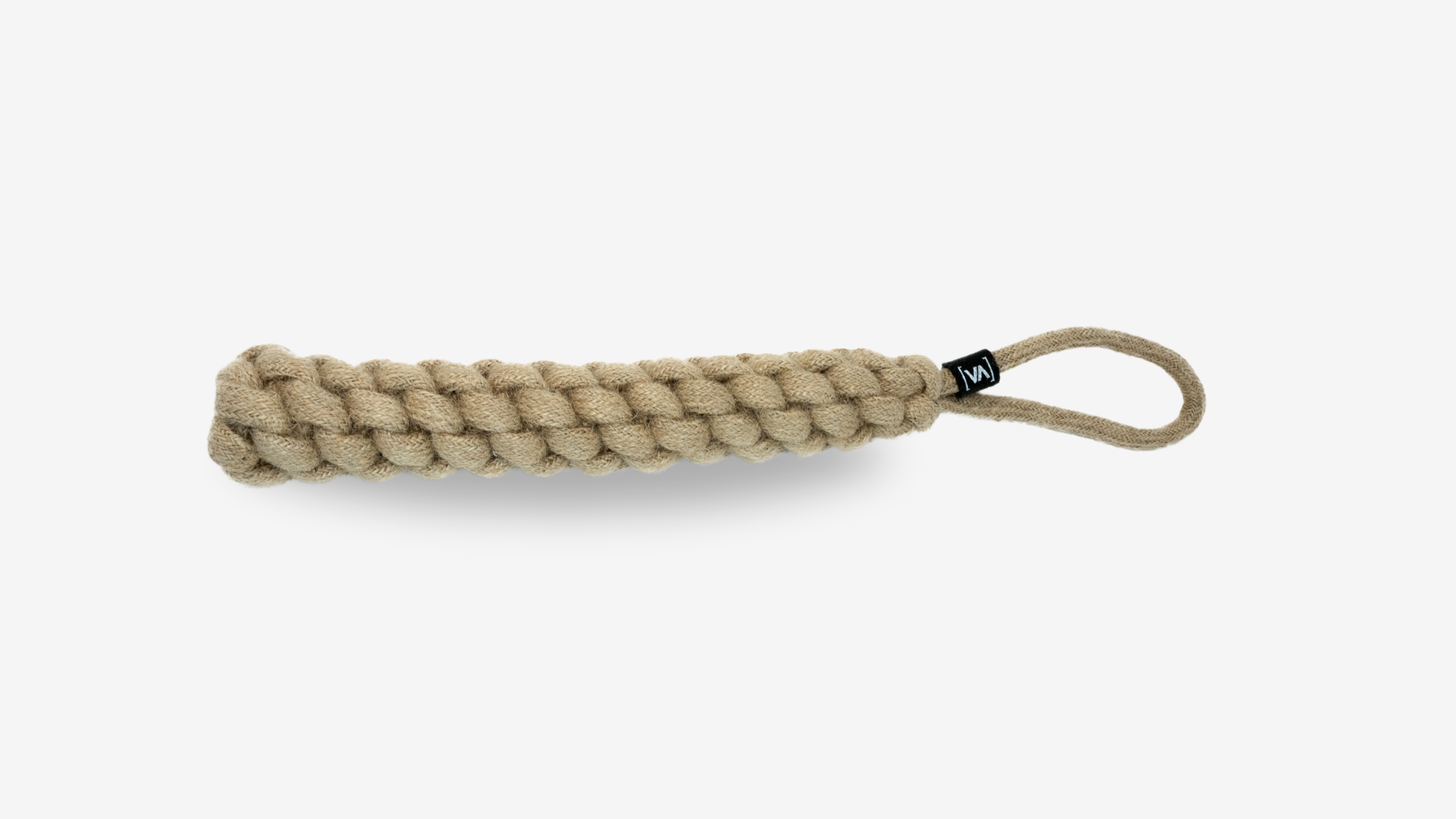Spot-On, collars and tablets: chemical tick protection in comparison
Table of contents
Ticks are not only annoying, but can also transmit dangerous diseases such as Lyme disease or TBE. Therefore, effective tick protection is particularly important for our pets, especially dogs. There are various options for tick prevention for dogs. On the one hand, there are pharmaceutical preparations and natural repellents. In this blog we will take a closer look at pharmaceutical tick repellents. There are spot-on products, collars and tablets. Choosing the best protection depends on both the animal and the person.
Commonly used active ingredients such as Afoxolaner, Fluralaner, Lotilaner, Sarolaner, insecticides and acaricides from the isoxazoline group are particularly suitable for protection against ticks. Fluralaner is a well-studied active ingredient and, according to studies, protects dogs for up to 12 weeks after oral administration. No clinical abnormalities were found when using fluralaner. It is also suitable for pregnant bitches, puppies and dogs with MDR-1 genetic defect. Because fluralaner is eliminated slowly, it puts less strain on the organs.
In this article, we compare the different chemical tick repellents to help you choose the best product for your dog. We examine spot-on products, tick collars as well as tablets and chewable tablets and discuss the advantages and disadvantages of the different methods.
Chemical tick protection
Ticks can cause various diseases in dogs such as Lyme disease or anaplasmosis and should therefore be avoided. One way to protect your dog from tick bites is to use chemical preparations such as spot-ons or collars that contain insecticides. Although these remedies are often very effective, some people view them critically. Critics complain that they could potentially be harmful to the dog's health or the environment and that there are alternative, natural methods for repelling ticks. However, alternative methods of tick repellent have also become increasingly popular, particularly among dog owners concerned about the potential negative effects of chemical preparations. These include natural products such as essential oils or herbs that can be used as repellents against ticks. Although these products are considered natural and harmless alternatives, there is no scientific evidence that they are as effective as chemical preparations. For dog owners who are planning a holiday in southern Europe with their dog, chemical preparations against ticks are the only protection that also protects against sand flies and the associated disease leishmaniasis.
Chemical tick protection
Please discuss with your veterinarian which tick protection you should choose for your dog. Not all remedies are equally suitable for all dogs.
When choosing a suitable tick repellent, you should consider the following requirements:
effectiveness: The product should be proven to repel or kill ticks to reduce the risk of tick bites and communicable diseases.
Long-lasting protection: The tick repellent should be effective for a reasonable period of time so that your dog remains protected without constantly replacing the product. Most tick repellents provide protection from 4 weeks to 3 months.
Security: The product should be safe for your dog and all other pets in your household. Check the ingredients and possible side effects before using the product.
Simple application: An effective tick repellent should be easy and straightforward to use so that you can use it regularly and correctly.
water resistance: A good tick repellent should remain effective even when wet, such as after bathing or swimming.
Suitable for puppies and older dogs: Tick protection should be suitable for dogs of all ages. Some products are not recommended for puppies under a certain age. Read the instructions carefully.
Respect for the environment and animal welfare: If possible, choose a product that is both environmentally friendly and kind to animals.
Spot-on preparations as tick protection
Spot-on products are solutions that are applied directly to the animal's skin, usually in the neck area. They contain chemical active ingredients such as fipronil, permethrin or imidacloprid, which are absorbed through the skin and kill or repel ticks.
Advantages:
- Easy to use: The solution is applied directly to the skin and requires no further handling.
- Fast effectiveness: The active ingredients are active within a few hours and offer protection against ticks.
- Long-lasting protection: Spot-ons typically provide 4-6 weeks of protection.
- Protection from other parasites
- Different strengths for different dog sizes
- Good tolerability: Spot-on products are generally well tolerated and rarely cause side effects.
Disadvantages:
- Toxicity to humans, small children and other animals (especially cats)
- May not be effective against all tick species
- Exposure time must be observed
- Costly because it is used frequently, especially for larger dogs or long-term use
- Duration of action "only" about 4 weeks
- Contact with the active ingredient: Since the solution is applied directly to the skin, there is a risk that people or other animals will come into contact with the active ingredient.
- Active ingredients can be washed off: In heavy rain or if the animal goes into the water, the active ingredients can be partially washed off and the protection is reduced.

Tick collars as tick protection
Tick collars are collars that are impregnated with chemical active ingredients such as flumethrin, imidacloprid or deltamethrin. The active ingredients are continuously released and keep ticks and other parasites away.
Advantages:
- Easy to use: Tick collars are easy to put on and require no further handling.
- Long-lasting protection: Tick collars provide protection for up to 8 months.
- Low exposure to active ingredients: Since the active ingredients are released directly on the collar, there is less risk of people or other animals coming into contact with them.
- Protection against other parasites: Most tick collars also protect against fleas and other parasites.
- Waterproof: The active ingredients are water-resistant and remain effective even when it rains or comes into contact with water.
- Available in different sizes: Tick collars are available for dogs of different sizes, so that the right collar can be found for every dog.
Disadvantages:
- Possible skin irritations or allergic reactions: In sensitive dogs, the collar can cause skin irritations or trigger allergic reactions.
- Uncomfortable for some dogs with continuous use: Some dogs may find constantly wearing a collar uncomfortable.
- May tangle or mat with long fur: For dogs with long fur, the collar can cause problems by tangling or matting the fur.
- Can be “unaesthetic” for people: Some people find tick collars visually disturbing.
- Toxicity to humans and other animals: The active ingredients contained in tick collars can be toxic to humans and other animals if they come into contact with them or accidentally consume them.
- It is important that the collar is tight enough, but not too tight: To achieve optimal effect, the collar must fit close enough to the dog's neck, but without being too tight and restricting breathing or blood flow. This can be difficult for some dogs, especially those with sensitive skin or those who are between sizes.

Oral tick protection (tablets)
Tablets and chewable tablets are oral medications that contain active ingredients such as afoxolaner, fluralaner, lotilaner or sarolaner. They are swallowed by the animal and distributed throughout the body to kill or repel ticks.
Advantages:
- Convenient administration: Tablets and chewable tablets can easily be given with food or as a treat.
- Long-lasting protection: The active ingredients provide protection for up to 12 weeks, depending on the product used.
- No external use: Since the tablets are administered orally, there is no risk of humans or other animals coming into contact with the active ingredients.
Disadvantages:
- Possible side effects: In rare cases, oral medications can cause side effects such as vomiting, diarrhea, or loss of appetite.
- Food intake required: The animal must completely consume the tablet or chewable tablet to receive full protection.
- As soon as the tablet is taken, it is in the dog's system. If the dog cannot tolerate the tablet, it cannot be washed off or removed.

Disadvantages of chemical tick repellents: What you should know
Chemical preparations against ticks are a popular method of protecting our dogs from annoying and dangerous parasites. But it is important to know that these remedies can also have some disadvantages. In this article we would like to inform you about the possible difficulties and risks associated with the use of chemical tick repellents.
Mild to very strong side effects
One of the main problems with chemical preparations is that they can cause mild to very severe side effects in dogs. In some cases, neurological symptoms may even occur. These include, among others:
- Vomit
- Diarrhea
- loss of appetite
- Tremble
- coordination disorders
- seizures
If If you observe such side effects in your dog, you should definitely consult a veterinarian.
Toxic agents
Some of the active ingredients found in chemical tick repellents can be toxic to dogs, especially when administered in high doses or over long periods of time. This can lead to serious health problems, which in severe cases can even be fatal.
development of resistance in ticks
Excessive use of chemical preparations can lead to the development of resistance in ticks. This means that the parasites become insensitive to the active ingredients used and the protective effect of the preparations decreases. To combat this problem, it is important to use tick repellent responsibly and according to the manufacturer's or veterinarian's instructions.
Negative environmental impact
Chemical tick repellents can also have negative effects on the environment. The active ingredients contained in the preparations can enter the environment, for example when the dog bathes in water or through contact with other animals and plants. This environmental pollution can lead to damage to other organisms and disruption of ecological balances.
Not suitable for all dogs
Some chemical preparations may not be suitable for all dogs. These include certain dog breeds, pregnant bitches or different age groups. Before using a chemical tick repellent, you should always consult a veterinarian to ensure that the product you choose is suitable and safe for your dog.
Overall, it is important to be aware of the potential disadvantages of chemical tick repellents and consider whether they are the best choice for your dog. There are also alternative methods, such as natural tick repellents or preventative measures.
Conclusion
Choosing the right tick repellent for your dog can be challenging, but it's important to know the pros and cons of different methods. Chemical tick repellents such as spot-on products, tick collars and tablets certainly have their benefits, but they can also have side effects and environmental impacts.
Carefully consider which method best suits your dog and his lifestyle. Discuss the different options with your veterinarian to make an informed decision. Don't forget that there are also natural alternatives to consider if chemical preparations are not suitable for your dog.
Regardless of the method you choose, it is crucial to check your dog regularly for ticks and to act quickly if you spot one. This way you can minimize the risk of tick-borne diseases and ensure that your four-legged friend stays healthy and happy.
Does chemical tick repellent repel the tick or does it just kill the tick?
Chemical tick protection can have both defensive (repellent) and lethal (acaricidal) effects on ticks. Some active ingredients can deter the ticks from biting the dog, while others kill the tick only after it has come into contact with the active ingredient. In many cases, chemical tick repellents offer a combination of both to ensure the most effective protection against ticks and the diseases they transmit. Examples of this are the products Advantix® and Seresto®.
Are diseases transmitted directly through a tick bite?
The transmission of pathogens through a tick bite is not immediate. It usually takes a few hours to several days before the tick transmits the pathogens. The tick must first attach itself to the host and start sucking blood. Your saliva is injected into the bite site, which may contain the pathogens. The duration of transmission varies depending on the type of pathogen. For example, transmission of the bacterium Borrelia burgdorferi, which causes Lyme disease, can take 24 to 48 hours or longer. For other diseases, such as tick-borne encephalitis (TBE), transmission can occur within a few hours. That's why it's important to remove ticks as quickly as possible to reduce the risk of disease transmission.
What are the Main Types of Chemical Tick Repellents for Dogs?
The main types of chemical tick repellents for dogs are spot-on products, tick collars, and tablets or chewables
What are the benefits of Spot-On products?
Spot-on products are easy to use, work quickly, provide long-lasting protection and are often water-resistant.
What are the advantages of tick collars?
Tick collars are easy to use, offer long-lasting protection (up to 8 months), are waterproof and also protect against other parasites.
What are the advantages of tablets and chewable tablets?
Tablets and chewable tablets are easy to administer, offer quick protection, have no external residue and can also protect against other parasites.
What side effects can chemical tick repellents cause?
Chemical tick repellents can cause mild to very strong side effects such as vomiting, diarrhea, loss of appetite, tremors, incoordination and seizures.
Can chemical tick repellents be harmful to the environment?
Yes, chemical tick repellents can have a negative impact on the environment by harming other organisms and disrupting ecological balances.
Are chemical tick repellents suitable for all dogs?
Some chemical preparations may not be suitable for all dogs, such as certain breeds of dogs, pregnant dogs, or different age groups. It is important to consult a veterinarian before using a chemical tick repellent.
